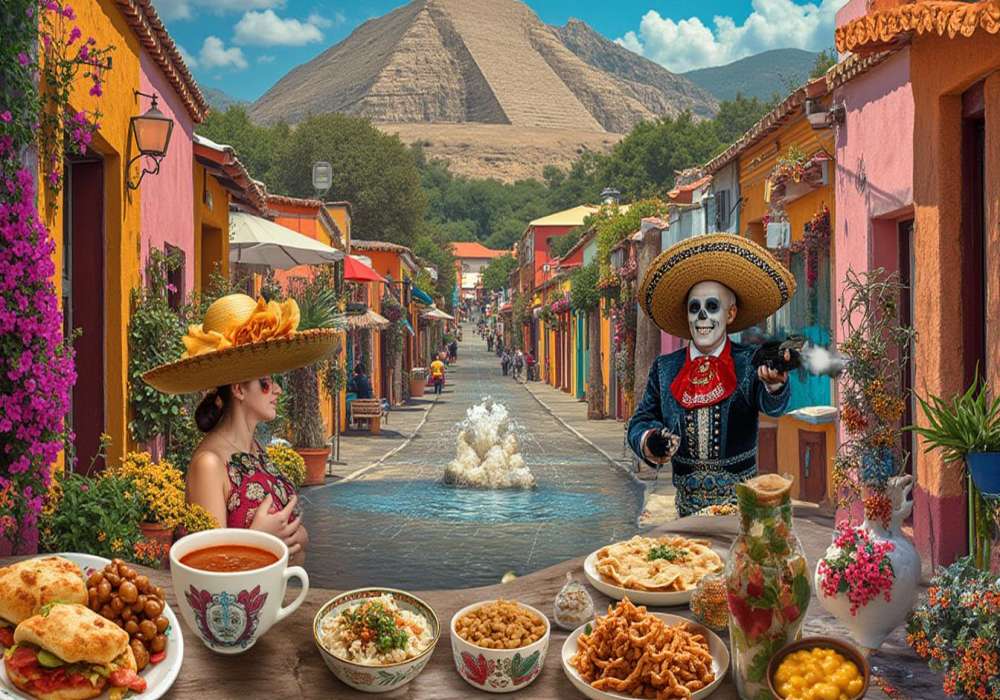
Last Updated At: 01-Sep-2025
13 Fun Facts About Mexico | You Need To Know In 2025
Mexico is a bustling, diversified nation in the middle of North America that offers fascinating contrasts. The Mexican cultural heritage has a millennia-long past and is weaved from colonial times and modern innovations. Mexico's landscapes and cultures offer an enthralling fusion of the old and new, from ancient Mayan towns' breathtaking ruins to modern urban centres' bustling vitality. From the immaculate beaches that border its coastlines to the majestic peaks of its mountains, this country is home to unique natural treasures. Let's explore the fascinating facts that make up Mexico's tapestry and discover the unique charm that distinguishes this alluring nation.
List Of 13 Interesting Facts About Mexico
Mexico is a fascinating nation with many distinctive features. Here are some essential facts about Mexico, including its long history and vibrant culture mentioned below:
1. The real name of Mexico is not Mexico
Mexico's official name is "Estados Unidos Mexicanos," meaning "The United States of Mexico." Its federal structure is reflected in its official name. Mexico is known for its ancient civilisations, including the Aztecs and the Mayans, which have a rich cultural past. It is a captivating and unique destination due to its varied food, exciting events like Dia de los Muertos, and breathtaking landscapes, from beaches to mountains.
2. US citizens make up the majority of immigrants in Mexico
Americans make up a sizable part of immigrants in Mexico. Mexico is a popular destination for expatriates because of its low cost of living, varied scenery, and pleasant weather. The nation's expat community thrives in areas like Mexico City, Puerto Vallarta, and San Miguel de Allende. This pattern highlights Mexico's attraction to foreign inhabitants as friendly with different regions.
3. There are 34 UNESCO world heritage sites in Mexico
With 34 UNESCO World Legacy Sites spread around the nation, Mexico has a diverse cultural and natural legacy. These locations highlight Mexico's importance on the world stage by encompassing various historical, architectural, and natural beauties. These locations, which range from historic monuments to bustling cities, provide visitors with an insight into Mexico's fascinating past and present.
4. Mexico's buses and metro have women-only carriages
By introducing women-only compartments on buses and the metro, public transportation in Mexico has taken action to address concerns about women's safety. Especially during busy periods this attempt strives to improve the travelling experience for female passengers, especially during busy periods. Mexico's transport networks work to advance gender equality and improve the overall experience of women who commute by providing distinct places.
5. Mexico City is home to the first printing press in North America
The first printing press in North America was discovered in Mexico City. The achievement also set the path for the spread of information and expertise throughout the area. An important turning point in Mexican history was the invention of the printing press, which helped ideas, culture, and understanding spread across the continent.
6. On Christmas Day, Mexican children don't get presents
Children generally don't get presents on Christmas Day in Mexico. They observe the holiday in different ways instead. The "La Posada" procession, which recreates Mary and Joseph's search for accommodation, is the primary attraction. Then, on January 6th, at the "Dia de Reyes" (Three Kings' Day), there will be celebrations, traditional meals like tamales, and gift-exchanging.
7. The Oldest University in North America Is in Mexico
The National University of San Marcos in Lima, Peru, founded on May 12th of the same year, is generally regarded as the first institution to be legally formed in North America and the Americas. Its name was changed to the University of Mexico following the Mexican War of Independence.
8. The world's smallest volcano is in Mexico
Mexico is a diverse nation with incredible natural beauty. Its home to the smallest volcano in the world is one unique fact. This tiny wonder, called Cuexcomate, is situated close to Puebla. It has a significant significance in Mexican topography despite its small size. This is just one of the many fascinating characteristics that attract tourists and lovers of the natural world to Mexico.
9. The world's largest ancient pyramids are found in Mexico
The giant ancient pyramids in the world are found in Mexico which has a breathtaking history record. The Sun and Moon Pyramids in Teotihuacan stand as enormous buildings that showcase the prehistoric people's outstanding engineering and architectural abilities. In addition to showcasing Mexico's rich legacy, these massive monuments attract innumerable tourists who are awestruck by the size and importance of these remarkable archaeological artefacts.
10. Mexico invented colour television
The rise of colour television in Mexico represents a significant technological advance. In 1940, a Mexican engineer named Guillermo González Camarena created the first effective colour television broadcast system. His innovative work established the framework for modern colour television, changing how people worldwide engage in visual entertainment and communication.
11. Mexico Has 59 different varieties of corn
Mexico can be identified in agriculture for producing an astounding variety of corn. This staple crop, which includes 59 different types, has been grown for generations and has a strong link with Mexican culture and food. This rich genetic diversity, including usual white and yellow corn and unique blue and purple kernels, demonstrates the nation's dedication to maintaining its agricultural legacy.
12. Mexico is where Caesar salad was developed
Mexico is where the Caesar salad, a dish loved all over the world, first emerged. The meal was first prepared in the early 1920s by Italian-American chef Caesar Cardini in his restaurant in Tijuana, Mexico. The salad made out of romaine lettuce, croutons, Parmesan cheese, and Caesar dressing, offers an enticing connection between cultures and Mexican cuisine.
13. Mexican phone numbers need to be clarified
It can be challenging for people to understand Mexican phone numbers. Phone numbers in the nation are made up of a digit combination that includes the area code and the local number. Comprehending the differences between landline and cell numbers is essential since they have different forms. Furthermore, certain areas use various calling codes for both local and international calls.
Also Read: best tourist places to visit in mexico
Adotrip is an excellent choice for a travel partner when organising a tour to Mexico if you want a simple and enjoyable journey. Adotrip offers thorough travel guides, carefully curated itineraries, and local expertise to enhance your travel experience. Discover unique information about Mexico. Enlist Adotrip's assistance while you conveniently and effectively explore top tourist attractions in Mexico.
With us, nothing is far!
Frequently Asked Questions About Facts About Mexico
Q1. What is the capital of Mexico?
A1. Mexico City serves as the nation's capital. In addition to being the largest city in the nation, it also functions as the centre of politics, commerce, and culture, showing a lengthy history and a diversified cultural heritage.
Q2. How many states are in Mexico?
A2.Mexico is divided into 32 federal entities, including the capital, Mexico City, a different organisation and not formally a state.
Q3. What is the largest state by land area?
A3.Regarding area, Rajasthan (342,239 sq km) is the largest state in India. 10.4% of the land area of the country is in Rajasthan.
Q4. Who is the current president of Mexico?
A4.Andrés Manuel López Obrador, who came to office on December 1st, 2018, is the president.
Q5. What is the Mexican population?
A5.Mexico's population will reach 128,455,567 in 2025, increasing 0.75 per cent from 2022. Mexico's population increased by 0.63% from 2021 to 2022, reaching 127,504,125.
Q6. Which is the national bird of Mexico?
A6.The golden eagle (Aquila chrysaetos) is the national bird of Mexico. In Mexican traditions, this magnificent bird has a tremendous cultural and historical significance and represents power, freedom, and the indigenous history of the nation.
Q7. When did Mexico declare independence?
A7.On September 16th, 1810, Mexico declared independence from Spanish colonial power. Along with other revolutionary leaders, Miguel Hidalgo y Costilla, a Catholic priest, led the reason for independence. The event marked the start of a long struggle for independence, which on September 27th, 1821, resulted in official recognition of Mexico's independence.
Q8. What is the highest mountain in continental Mexico?
A8.The Pico de Orizaba, often called Citlaltépetl, is the tallest mountain in mainland Mexico. It is a stratovolcano situated in the nation's eastern region, close to the boundary between the states of Puebla and Veracruz. It stands at an astounding elevation of (18,491 feet). The culturally relevant Pico de Orizaba is a well-liked mountaineer and outdoor recreation destination.
Q9. How many time zones are there in Mexico?
A9.There are four time zones in Mexico. Most nations use the Central Standard, often known as the Central Zone or Zona Centro, in official documents. Eastern Standard Time (also known as Southeast Zone) is observed in the Mexican state of Quintana Roo.
Q10. What is the most popular sport in Mexico?
A10.Football, referred to as soccer, is the most widely played sport in Mexico. It is widely supported and has significant cultural value; the Mexican national and regional teams have passionate fans.
--- Published By Adotrip
Latest Blogs
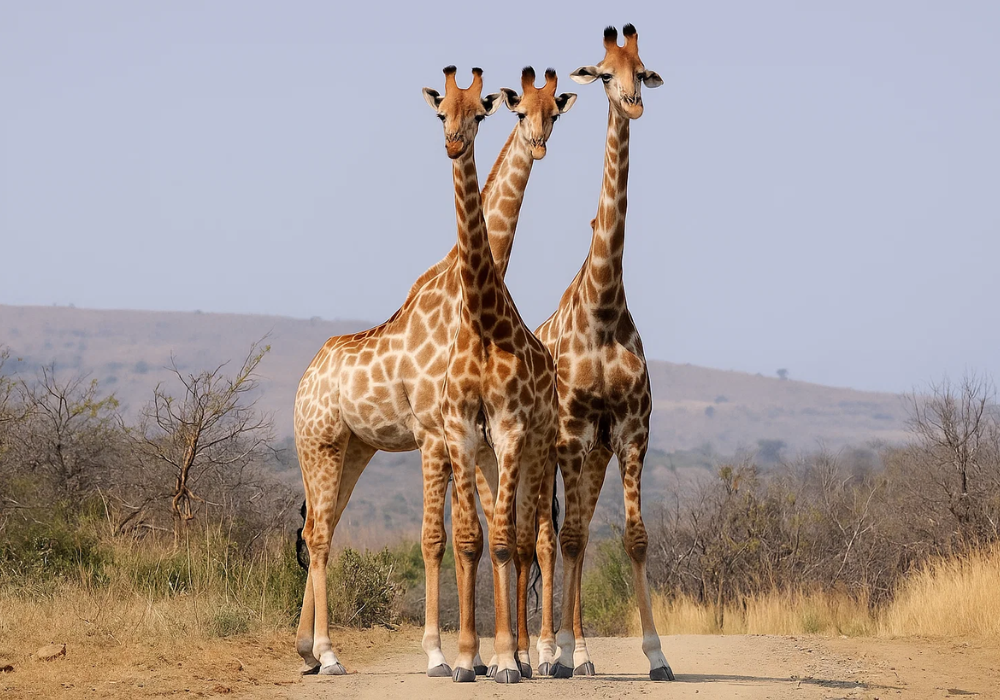
Cash in the Wild: My Safari Adventure Across Kenya with Only...

One Day Picnic Spot Near Pune - Adventure, Trekking and Natu...

One Day Picnic Spots Near Mumbai - Monsoon, Adventure, Beach...
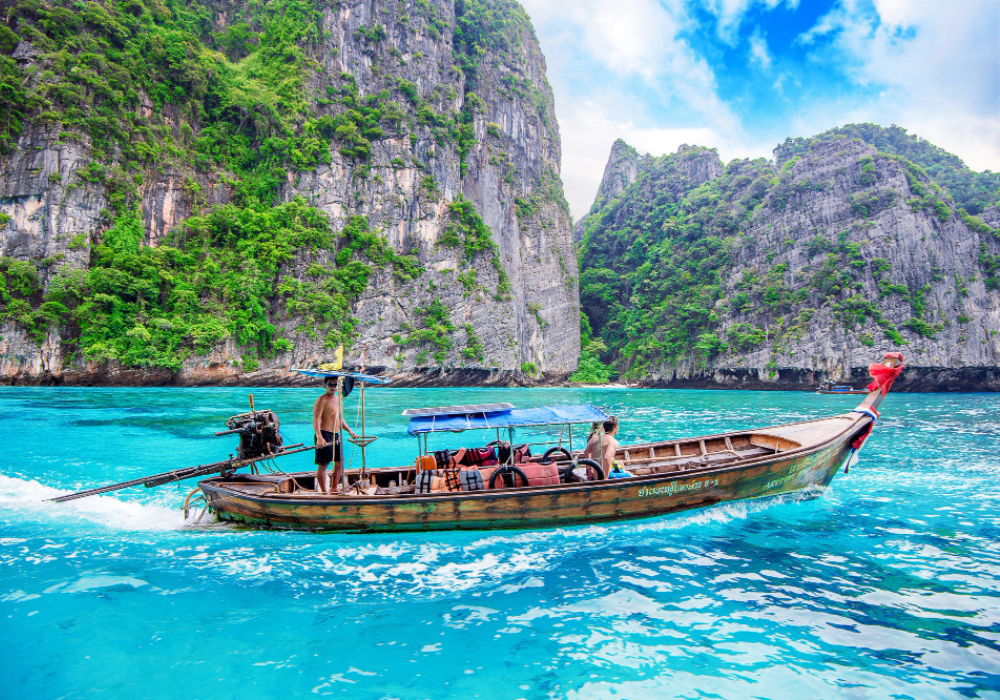
The Best Places to Go in Thailand in 2025




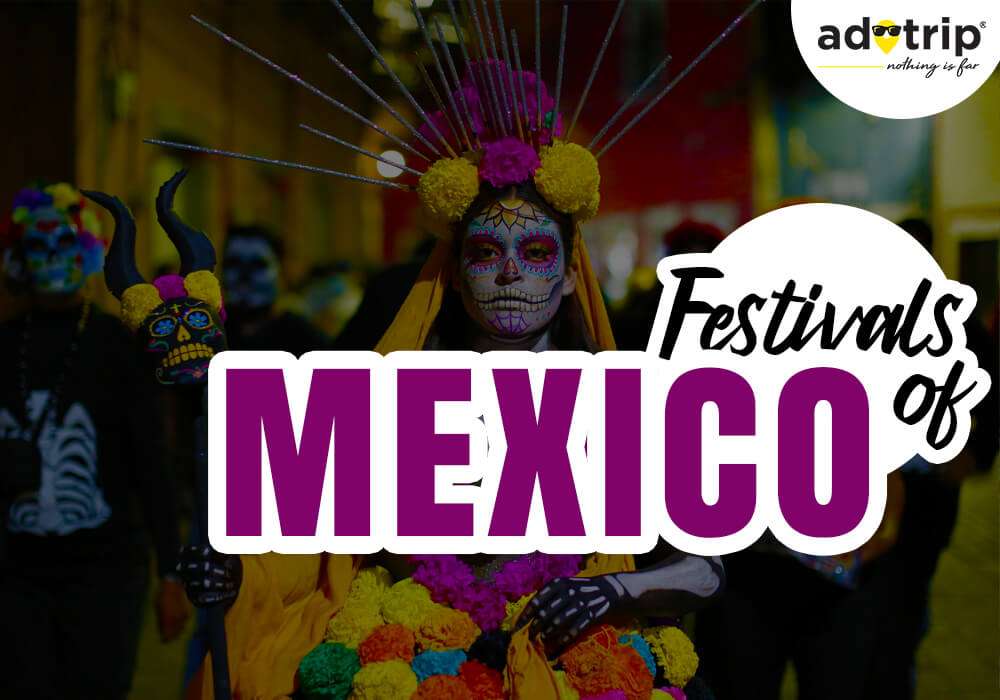

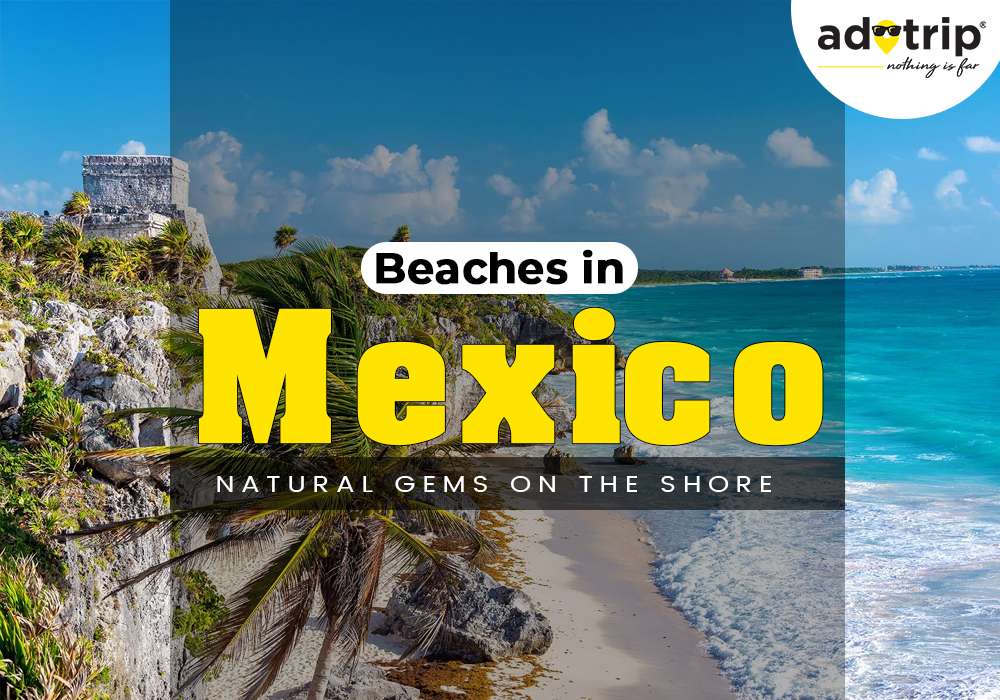
.jpg)
 Dubai
Dubai Malaysia
Malaysia USA
USA





